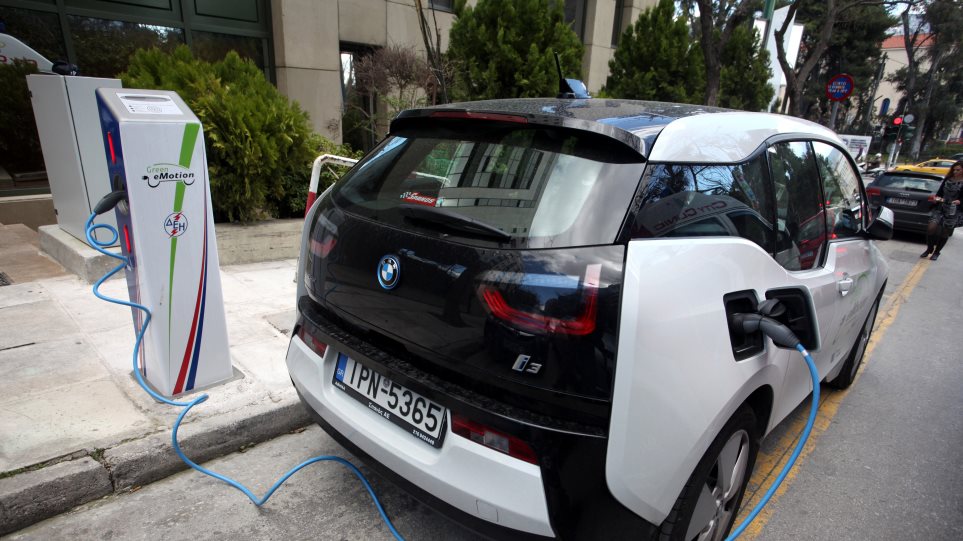
HELLASTRON a founding member of Greece’s
Green Deal for the promotion of electric mobility
On World Environment Day 2020, on June the 5th, Greece’s Prime Minister Kyriakos Mitsotakis announced new legislation to promote electric mobility in the country. In addition to subsidies for the purchase of electric private and professional vehicles, the measures taken intend to facilitate electric mobility and put in place the necessary public infrastructure for charging the vehicles.
Furthermore, a Green Deal was signed between the ministries responsible and strategic institutional and market partners, including HELLASTRON.
Based on Greece’s new Green Deal, signed on its behalf by its President, Mr. Stavris, HELLASTRON commits itself to:
1. Making every possible effort and cooperating with all parties concerned to complete the installation and operation of charging stations for electric vehicles at its members’ rest and service areas: Hellastron aims to double the number of charging stations in operation in the next two years, achieving a reduction of average distance to 50 klm and of the maximum distance between any two stations to 150 klm, to guarantee owners and users of electric vehicles a safe, comfortable and convenient passage through its network.
2. Extend preferential treatment to electric vehicles for parking at tollroad rest and service areas.
3. Cooperate with research institutions in Greece and abroad, jointly develop and use pilot smart mobility management systems.
4. Conduct feasibility study for the eventual replacement of conventional vehicle fleets of HELLASTRON members’ operation agencies by electric vehicles.
5. Actively pursue campaigns communicating the benefits of electric mobility and promoting the use of electric vehicles in its network of member companies, together with all other relevant institutional agents.
The new legislation and supporting measures are meant to help achieve ambitious objectives set by Greece’s National Plan for Energy and the Climate, as for example that one in three new vehicles be electric by the end of this decade, leading to a fleet of approximately 350,000 electric vehicles, as compared to today’s 600.





